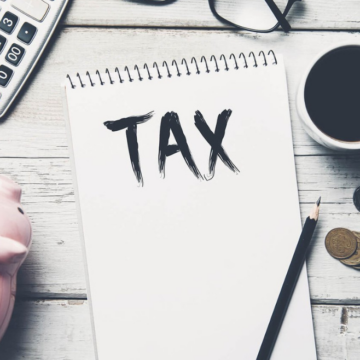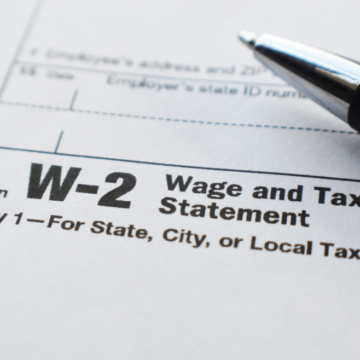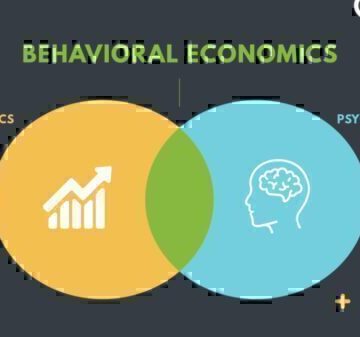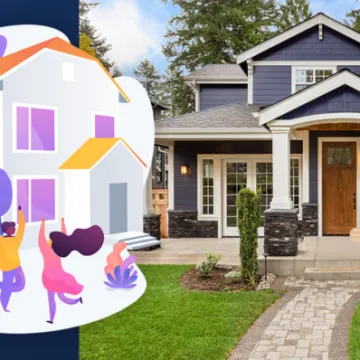You’ve probably heard people refer to different types of bankruptcy. There are multiple types of bankruptcy in the United States, and they all work differently.
Types of Bankruptcies
- Chapter 7: This type of bankruptcy can be used by individuals, and is done through liquidation.
- Chapter 9: This type of bankruptcy can only be used by municipalities.
- Chapter 11: This type of bankruptcy is typically used by businesses, and is done through reorganization.
- Chapter 12: This type of bankruptcy is for “family farmers” or “family fisherman.”
- Chapter 13: This type of bankruptcy can be used by individuals, and is done through reorganization.
- Chapter 15: The purpose of this type of bankruptcy is to “provide effective mechanisms for dealing with insolvency cases involving debtors, assets, claimants, and other parties of interest involving more than one country.”
If you are in debt and considering bankruptcy, it is important to understand the different options available to you, and how each type of bankruptcy works.
The most common types that people file are referred to as Chapter 7 or Chapter 13. Let’s talk about the differences.
Chapter 7 Bankruptcy: Liquidation
The basic idea with a Chapter 7 bankruptcy is that your assets are sold to pay your creditors. You are assigned a trustee, who evaluates your property to see if there is anything valuable enough to be sold. Some property is considered “exempt” from the creditor’s reach, while other property is “non-exempt,” meaning that it can be sold to repay creditors.
People often assume that exempt items are simply things that are important, like a house or a car. Contrary to popular belief, it’s not always that cut and dry; exemptions are actually dollar amounts. If your assets are worth more than the exemption dollar amount, the item can be sold, and the court will give you the cash value of the exempted amount.
For example, if you have $2,000 in home equity, and the federal exemption laws allow you to have $21,625, your house would be exempt from the creditors. However, if your house has $50,000 in equity, only $21,625 would be considered exempt. Thus, the house would be sold and you would be allowed to keep $21,625, while $28,375 would go to your creditors. Exemption laws are guided by the state in which you reside.
If you file a Chapter 7 bankruptcy and have no assets of large value, everything is exempt. This is called a “No Asset Case,” and the courts will not sell your property. If you have secured property that you wish to keep, like a house or car, you will still need to make payments on that debt moving forward if you wish to keep it. An experienced bankruptcy attorney can help guide you through the exemption process.
In most states, Chapter 7 bankruptcy will stay on your credit report for 10 years from the date filed.
Chapter 13 Bankruptcy: Reorganization
A Chapter 13 bankruptcy also involves repaying creditors. But, instead of selling valuable assets, you use income earned on your job to repay creditors through a repayment planrepayment plan. Similar to the Chapter 7, there is also a trustee involved. A trustee in a Chapter 13 collects your monthly payment and disburses that money to your creditors.
A Chapter 13 bankruptcy separates your unsecured debt and arrears from your secured debt, and gives you 3 to 5 years to repay the debt. This can be a great resource for someone with mortgage arrears. Typically, a mortgage company might only give a borrower a few months to catch up on past due payments. A bankruptcy would spread those payments over 36-60 months, making the mortgage payments a lot more affordable.
In addition to allowing a longer repayment period for arrears, Chapter 13 repayment plans also allow the debtor to pay less to unsecured creditors. Many people end up paying somewhere between 5 to 80 percent of the total unsecured debt owed. For example, if you owe $10,000 and the courts decide that you only need to pay 40 percent of your debt, you could pay $4,000 and the remaining debt would be wiped away.
As previously mentioned, a Chapter 13 bankruptcy uses employment wages. In order to discharge your debts, you would need to make payments into the plan for the duration of the bankruptcy. If anything changes in your financial situation where you can’t make payments, it is imperative that you speak with the bankruptcy trustee about adjusting your plan payments.
In most states, Chapter 13 bankruptcy will stay on your credit report for 10 years from the date filed. Some bureaus will remove this after 7 years from the date filed if a discharge was obtained.
Automatic Stay
Keep in mind that with both a Chapter 7 and Chapter 13 bankruptcy, you get the benefit of the “automatic stay.” The moment a bankruptcy is filed, an automatic stay stops your creditors from taking legal action against you. That means that any creditors pursuing foreclosure, repossession, wage garnishment or collections would have to stop in their tracks.
Some debtors facing home foreclosure file for a Chapter 13 bankruptcy, and then use the extended repayment period to stay in the home and get their finances back on track.
What Type of Bankruptcy To File
Now that you understand the differences between Chapter 7 and Chapter 13 bankruptcy, you may be wondering who decides which chapter a debtor files. You can’t pick the one you prefer. There is an aspect of the bankruptcy law called the Means Test, which dictates the chapter of bankruptcy the debtor files. This can be a complicated area of the law, so it is always wise to get the help of an experienced bankruptcy attorneyan experienced bankruptcy attorney.
Alternatives to Bankruptcy
Although bankruptcy is an appropriate solution for some people, it should be your last resort. If you are considering filing for bankruptcy, explore all of your other options first. There are alternatives to filing bankruptcy that may be a better fit for your situation:
- Credit/debt counselingdebt counseling: Some legitimate companies offer free debt counseling. This will help you get recommendations on how to get out of debt.
- Debt management plansDebt management plans: Debt management plans consolidate credit card debt into a single payment that is paid off with regular payments in 3-5 years. This can lower interest rates and will stop collection activity.
- Debt Settlement: For severely delinquent debt, a debt settlement may be used if creditors forgive a portion of your debt. Your credit report will reflect this change and may lower your credit score. You may also have to pay taxes on the forgiven amount.
- Debt Consolidation Loan: A debt consolidation loan combines multiple debt obligations into one loan. This may help you get a lower monthly payment and interest rate, but it can be challenging to get approved and requires self-discipline to pay off since you can still use other lines of credit.
Make sure that you understand the consequences of filing for bankruptcyconsequences of filing for bankruptcy so that you can make an informed decision.
Disclaimer: This article is not to be used for legal advice. Speak with an attorney if you have specific questions about bankruptcy and how it would impact you.
Start With Free Financial and Debt Counseling
If you’re not sure what to do, call us. We offer free financial and debt counselingfree financial and debt counseling. Our NFCC-certified counselors work with you to review your situation, explain your options, and help you make a plan to move forward.
GreenPath Financial Service
Free Debt Counseling
Take control of your finances, get tailored guidance and a hassle-free budgeting experience. GreenPath offers personalized advice on how to manage your money.










